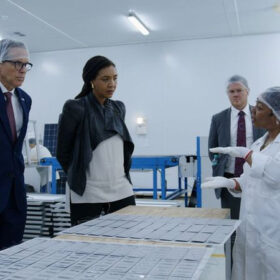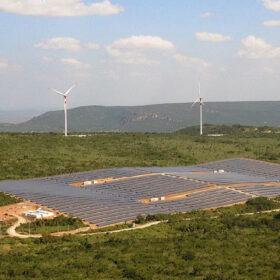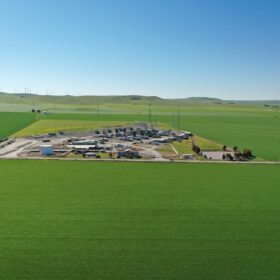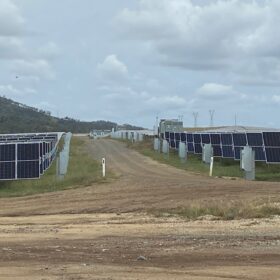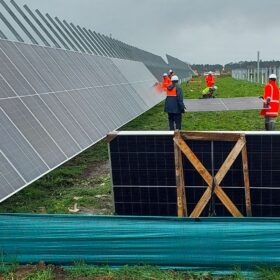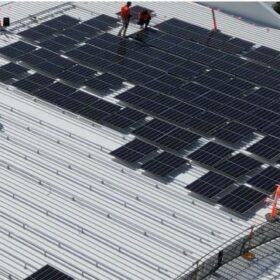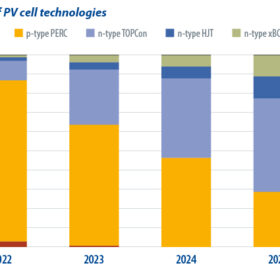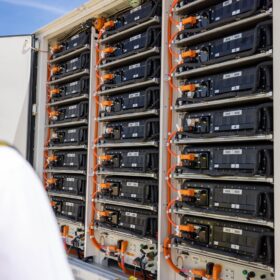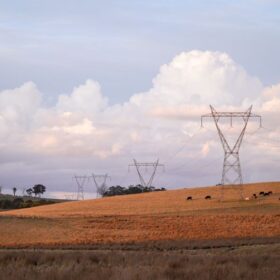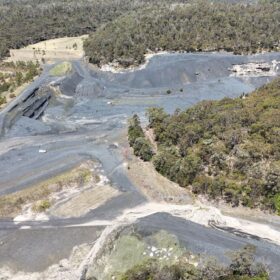Weekend Read: Blackouts trigger a PV pivot
Decades of mismanagement have eroded trust in South Africa’s state-owned energy utility, Eskom. Last year, households and businesses suffered daily blackouts of up to 10 hours, or even longer. Solar and battery energy storage are booming but a domestic PV manufacturing industry has yet to materialize.
Entering the renewables era
Following strong global solar installation figures in 2023, Alexa Capital co-founder and partner Gerard Reid sees enormous potential for a renewables revolution.
Eastern Australia gas demand fell in 2023 Q4, more declines to come
The Australian government’s new gas deal is designed to head off any supply shortages at the end of the decade. Yet, the latest data shows that gas consumption dropped 16% in the October to December quarter compared with the same period a year earlier due to warmer temperatures in Victoria and lower commercial and industrial demand.
Weekend read: Cracking cell defect detection
After years of improving quality standards, solar cell cracking appears to be on the rise again, perhaps due to new manufacturers entering the sector. Clean Energy Associates’ (CEA) senior engineering manager Claire Kearns-McCoy considers ways to stop the rot.
EnergyAustralia announces plans for 600 MWh big battery in SA
EnergyAustralia says it will increase the capacity of a battery energy storage system to be built adjacent to its Hallett Power Station in South Australia from an initial 50 MW to 150 MW, and 200 MWh to 600 MWh, after the successful completion of the first stage.
Investor group warns of revenue risk for solar farms
The Clean Energy Investor Group has warned that solar farms in southwest New South Wales and northwest Victoria could suffer from “large and unpredictable” swings in revenues because of material changes in marginal loss factors.
NZ developer gets go-ahead for three new solar farms
New Zealand renewables developer Lodestone Energy has received planning consent for three new large-scale solar farms on the country’s South Island as it continues the roll out of a PV strategy that it expects will deliver more than 500 GWh in solar generation.
Origin zeroes in on Australia’s largest theme park PV system
Dreamworld on Queensland’s Gold Coast is now home to the largest solar system at an Australian theme park after the operators teamed with Origin Energy to install a 708 kW rooftop array that is expected to generate almost one quarter of the park’s annual electricity needs.
Weekend read: The writing’s on the wall for p-type
The shift from positively doped, “p-type” to negatively doped, “n-type” solar technology has sparked manufacturing expansion, says S&P Global’s Jessica Jin.
Government shift sees Frontier turn to battery for WA solar project
Frontier Energy has revised its strategy for the first stage of the proposed Waroona Renewable Energy Project being developed in Western Australia’s southwest to include a four-hour 80 MW battery energy storage system in a move that is expected to have significantly better economics than solar alone.
